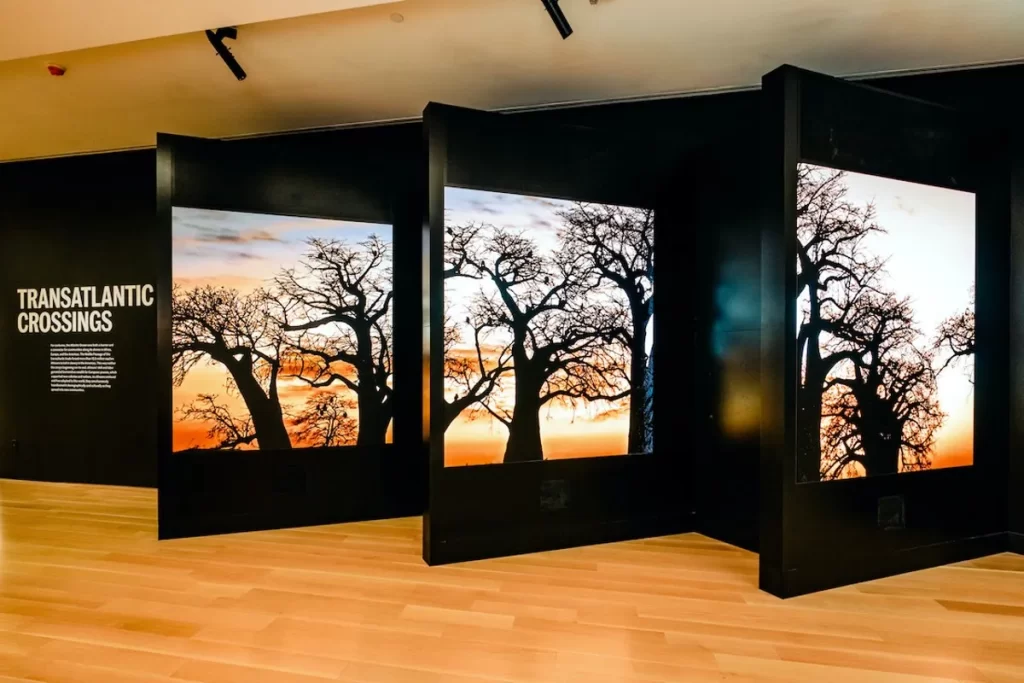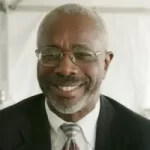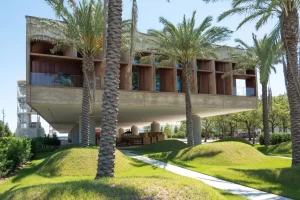
By Herb Frazier | A 1960s March wind lifted our kites high above the rusty chain link fence that divided our neighborhood and an industrial area along the Cooper River. If the twine snapped, our kites fell where hundreds of enslaved lives were lost in the freezing winter of 1807 and 1808.

We didn’t know the fencing along Concord Street divided our neighborhood, the Ansonborough Homes housing project, from Gadsden’s Wharf where enslaved Africans, possibly our ancestors, had been brought into Charleston.
About 10 million to 12 million captured Africans who survived the trans-Atlantic slave trade arrived into the Western Hemisphere. Of the Africans imported into the British mainland of North America, more than 40% came through Charleston. Historians say that thousands of enslaved people passed through Gadsden’s Wharf, the last major slave-trading port in the United States. It is a gripping fact hidden from us for far too long.
The site is now home to the International African American Museum (IAAM), which opens this weekend. Unbeknownst to me when I left the projects in the mid-1960s, life placed me on a wandering path that would put me in the future IAAM next to my old neighborhood.
The only museum we knew at that time was the old Charleston Museum on Rutledge Avenue. Its only hint of Africa was a spooky mummy exhibit. In Charleston, echoes of Africa were hiding in plain sight, but we didn’t know them then. They existed in the coiled sweetgrass baskets, the foods and the language.
The civil rights movement was in full swing by the spring of 1972 when I got my first job as a newspaper reporter at The News & Courier. My father couldn’t understand why his son wanted to work at “that paper,” the one he wanted to burn down in the 1950s because of its editorial stance on segregation. Through the years, journalism provided me with an education on Africa that I didn’t get in the projects or South Carolina classrooms.
I’ve walked in Sierra Leone, The Gambia and Ghana where shackled people shuffled along before they were placed on ships bound to the so-called new world. I’ve seen where enslaved Africans worked in the sugar cane fields of Barbados which spawned a colony that became South Carolina. I know the origin of words and crafts unique to Gullah Geechee culture.

These unimaginable experiences for a Black child of the 1960s in a segregated South somehow found me! Did the ancestors give them to me knowing that one day they’d need someone to speak their truths as part of a museum that tells their stories?
The invitation came in the fall of 2021 to stand in front of the camera for one of about 25 informal conversations now displayed in the museum. The museum calls them “American Journeys Flashpoints.” The museum did them with people from different walks of life. The topics include Emancipation to Reconstruction, citizenship, gender, injustice, and land and community. I was to be in one of the videos, but to my surprise, I was told recently that I am in two of them. The ancestors have been busy.
The IAAM will be an eye-opening experience for many as it was for me. I am still moved by the black walls of the Port of Departure mini-gallery that bear the names and ages of young Africans like Houa, 7 and Lome, 14, who arrived here in chains. I was their age when I ran barefoot through Ansonborough.
I am saddened, however, that across the street from the museum the Ansonborough story is hiding in plain sight, like Gadsden’s Wharf was invisible to me when I was a child.
As thousands stream to the IAAM, they’ll pass a wide grassy field where Ansonborough once stood, but they won’t know its story. It was the nurturing village that raised scores of children like me. Ansonborough is gone, another victim of gentrification.
- Frazier, senior projects editor of the Charleston City Paper, is a veteran South Carolina journalist. Have a comment? Send to: feedback@charlestoncitypaper.com



Looking forward to a visit to IAAM.